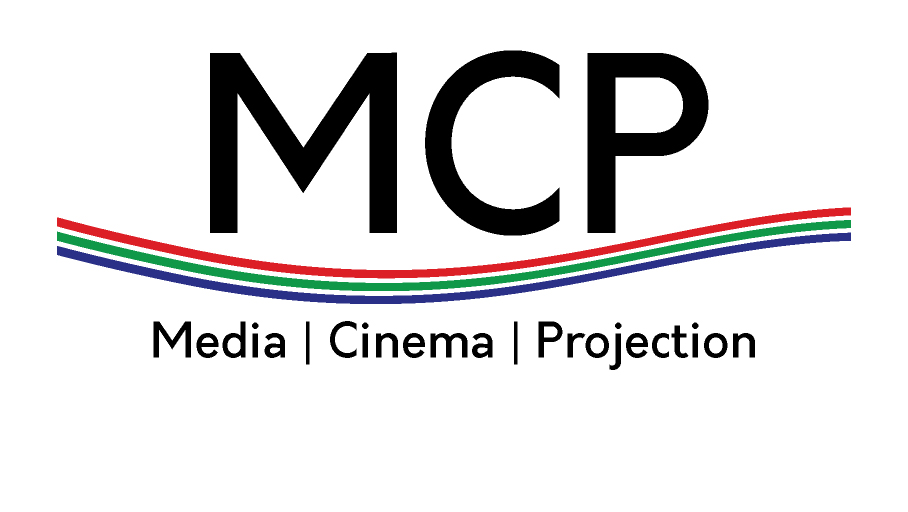Introduction
At the end of 2006 the BKSTS and the CEA launched the Projectionist Certificate in the UK. The BKSTS Cinema Technology Committee, in conjunction with the CEA, is trying to establish a means of certifying the standards of projection in a manner that would be acceptable to all the major cinema exhibitors and independent cinema operators.
The reasoning behind this move is twofold. Firstly, all Exhibitors must be aware of the impact of European Community regulations that are imposed on many aspects of working practices, often with little consultation, and sometimes to the detriment of a particular industry. The changing of Licencing legislation from Police to Local Authorities may also have an impact. The U.K. Cinema Industry should be ahead of the game, with an all industry accredited assessment scheme.
There is a need for this approach to certifying standards. One concern relates to Health and Safety issues, where untrained or poorly trained staff may be left in charge of projection rooms full of potentially dangerous equipment. Projection staff must be shown to be fully competent not only in film presentation but also with the basic knowledge of the projection and sound equipment that they are using.
The majority of cinemas are also reliant on the projection staff as part of the evacuation procedure in the event of an emergency. Ideally we as an industry should be able to demonstrate that all these procedures follow a common standard, even though the systems may vary, and that they satisfy all Local Licencing requirements.
Secondly, from a business point of view poor or insufficient training leads to prints that, even on their first week of release, are already scratched and marked through poor film handling. Customers may not be aware of the reasons for the scratches and blobs over the screen, but they are increasingly aware that they do not see such blemishes on their DVD’s at home. Film Distributors receive numerous requests for replacement prints, sometimes after just one weeks showing. Moreover, lack of knowledge means that shows are cancelled at short notice, leading to refunds, but more importantly, dissatisfied customers.
Criteria for Certification as a Competent Projectionist
- Health & Saftety
- Film & Projection
- Maintenance & Organisation
- Xenon Lamps
Trainee Projectionists
Most of the major companies have their own Training Schemes which are based on the BKSTS Projectionists Manual, thus it is not our intention to impose a projection training scheme. However for any company desiring one, assistance can be sought from the BKSTS who could give advice on a training scheme. It would be based on the Projectionists Manual which as shown below, contains all the information necessary in the various modules.
Any experienced operator should be able to guide a Trainee through all the processes using the Manual, and continuous assessment, to reach proficiency. The ability to achieve a certificate of competency can be learned from Module One of the Projectionist’s Manual, and the first four units, as shown below.
Unit One. FIRST THINGS FIRST!
- How film gets to your cinema
- How to identify and check incoming film
- How to understand and check film can labels
- How to unload film safely
- How to inspect film reels and wind them onto spools
- How to recognise common types of film damage
- How to make up a film programme for long-play systems
- How to make up a film for multi-projector systems
- How to break down a film programme for dispatch
Unit Two. KEEPING IT CLEAN.
- What contamination is
- How to prevent and remedy contamination of film
- The importance of cleanliness in all areas where film is in use
- The cleaning requirements of different equipment and work areas
- What cleaning materials and methods to use, and why
- The importance of manufacturers’ guidelines for cleaning equipment
- Why you need to know what your organisation’s cleaning policies are
Unit Three. PUTTING ON THE SHOW.
- What we mean by a “show”
- The projectionist as presenter
- Health and Safety aspects
- Lacing film in a projector
- Choosing correct aspect ratios and lenses
- Focusing the projected image
- Ensuring good screen illumination
- Ensuring good sound reproduction
- Preparing the auditorium
- Final pre-show checks
- Presenting and monitoring the show
- Preparing for the next show
Unit Four. ROUTINE MAINTENANCE (PROJECTION ROOM)
- What parts of a projector may benefit from routine maintenance
- How to maintain film joiners and ancillary equipment
- What projector maintenance you can carry out yourself
- How to maintain picture head components
- How to maintain sound head components
- How to maintain Xenon lamps and associated components
- How to maintain long-play systems
- The role of routine maintenance scheduling
More information can be found in this document on the BKSTS Cinema Technology Committee Website.
